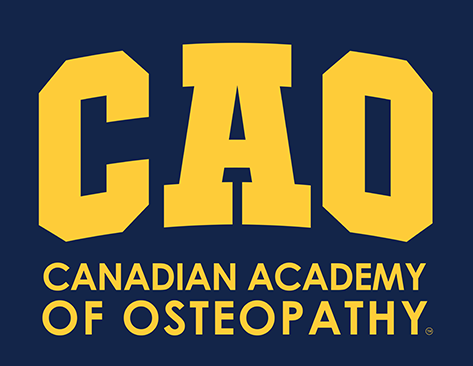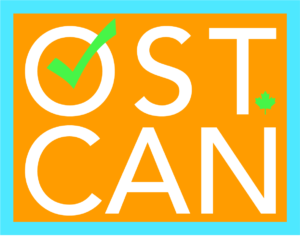At the Canadian Academy of Osteopathy, students not only gain osteopathic skills and techniques–they come to understand the founding principles and theory that those techniques rely on. This unique approach is what distinguishes training at CAO.
By focusing on the theory and application of these principles, students gain a comprehensive understanding of osteopathy and are better able to assess and treat their patients. As a graduate of CAO, you’ll feel confident in your knowledge of the practice of osteopathy as a whole. Read on to learn more about what a principles-based education has to offer.
Develop a Deeper Understanding of Osteopathic Theory and Principles
Some osteopathy taught around the world focuses on a series of memorized techniques for different parts of the body. However, this kind of approach lacks the founding principles and theory that manual osteopathy relies on. CAO is proud to stand as Canada’s Premiere principles-based osteopathy school, offering a curriculum that aims to meet or exceed the international standards for osteopathy education.
Our students are given a solid understanding of a variety of areas, such as clinical anatomy and physiology, osteopathic theory, principles in practice and much more. They not only learn the appropriate techniques to use but also examine the osteopathic history and debate the applications of these theories in practice. In preparing for an osteopathy specialization, students come to examine everything about the body–its anatomy and functions–through an osteopathic lens.

Problem Solve Using Osteopathic Reason as an Osteopathy Professional
Osteopathy is a manual form of therapy that emphasizes the relationship between the structure and function of the human body. The practice is grounded in a belief in the body’s ability to self-heal and self-regulate; osteopathic manual practitioners work as facilitators of health.
Above all, this practice requires you to work with complex layers of bodily structure. Osteopathic manual practitioners must take into account all the systems and mechanisms of the body to understand how one affects the other. The principles-based training at the CAO provides this essential knowledge of anatomy and physiology, allowing you to problem-solve issues on an individual level.

Build Your Confidence as an Osteopathy Professional
As with any healthcare profession, it’s important to understand more than just the application of techniques; you need to understand the why and how of the practice. With a true understanding of osteopathic principles, students find themselves able to see the body through an osteopathic lens and think osteopathically. You’ll have the chance to put these principles and theories to practice in CAO’s Osteopathic Principles & Practice Lab, led by our experienced faculty. As you work towards your osteopathy career advancement, this kind of confidence in your own knowledge base is essential to helping you deliver safe, effective and individualized treatment.
Are you interested in training as an osteopathy professional?
Contact the Canadian Academy of Osteopathy to get started.



